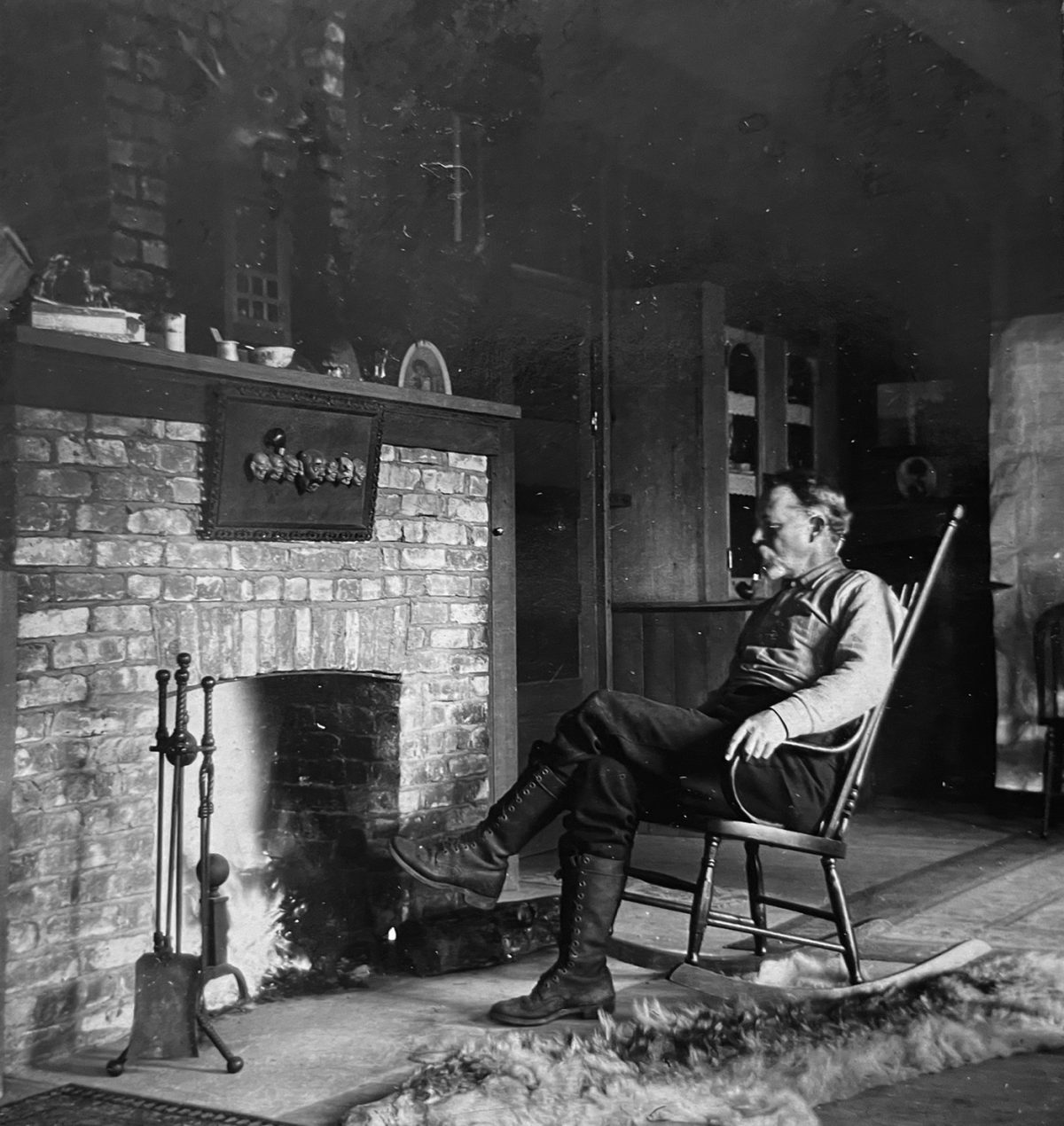There are a handful of families whose connection to Inverness runs from the present day back to when the community was first subdivided into lots . . .
The Dornins of Inverness


There are a handful of families whose connection to Inverness runs from the present day back to when the community was first subdivided into lots . . .